Teresa Stephanie: An Interview on Contemporary Fashion Portraiture in Film
1 17 Share TweetRaised in the sunny West Coast, photographer Teresa Stephanie's aesthetic in fashion portraits reminds us of vintage Californian youth wearing their colorful and casual clothes out in the streets. Teresa pictures her young models fresh out of the department store, all clever, smart, but playful. Without further ado, we talked to Teresa and learned her joyful and risque approach in the industry as a young blood herself.
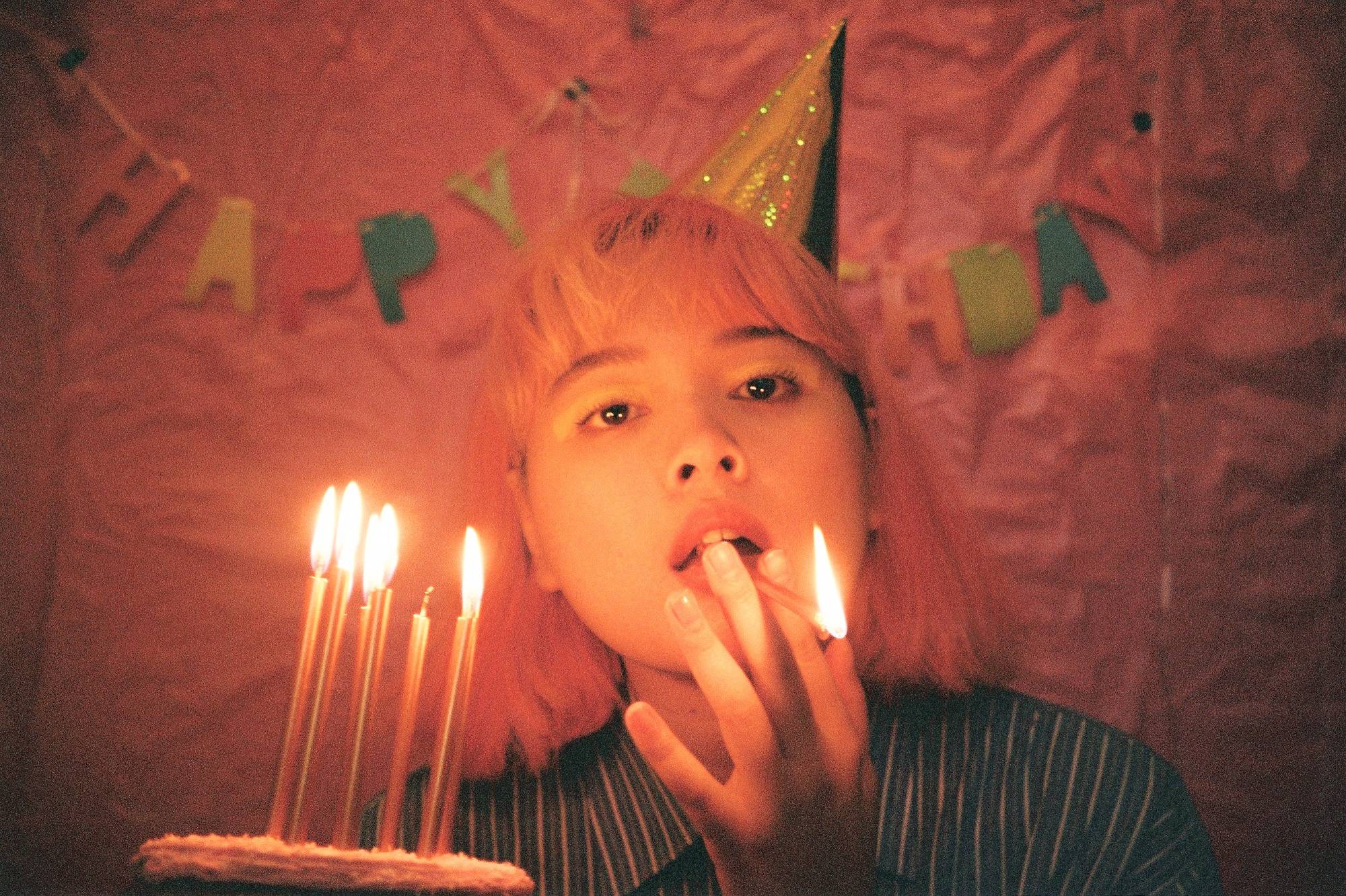
Hi Teresa, welcome to Lomography Magazine! Firstly, we'd just like to say how much we adore your portraits, as they reflect the modern youth while shot on an older medium such as film. What attracts you with film?
Thanks so much! It's such a trip to have been approached by you guys, I've got a long history with Lomography! From walking into stores before I started photography and wanting one terribly, to now years later with a small but growing collection of film cameras! What attracts me to film is the sort of space that it's created and the culture. The analogue has risen as a counter-movement towards digital, which I see as reflective of a lot of the youth's arguments against how we run our societies today both in social and other terms.
It's also a greater challenge towards the technical, at the moment special effects if you will, processes to yield a thought-provoking image (versus inputting less effort because you have more matter and manipulation during a post-process). Shooting digital was driving me mad! Now I don't want to waste a single frame and you better believe I think twice about how I use each one. Film is retaliation against fakeness, I think, in a lot of ways. It's more organic, physical, and real.
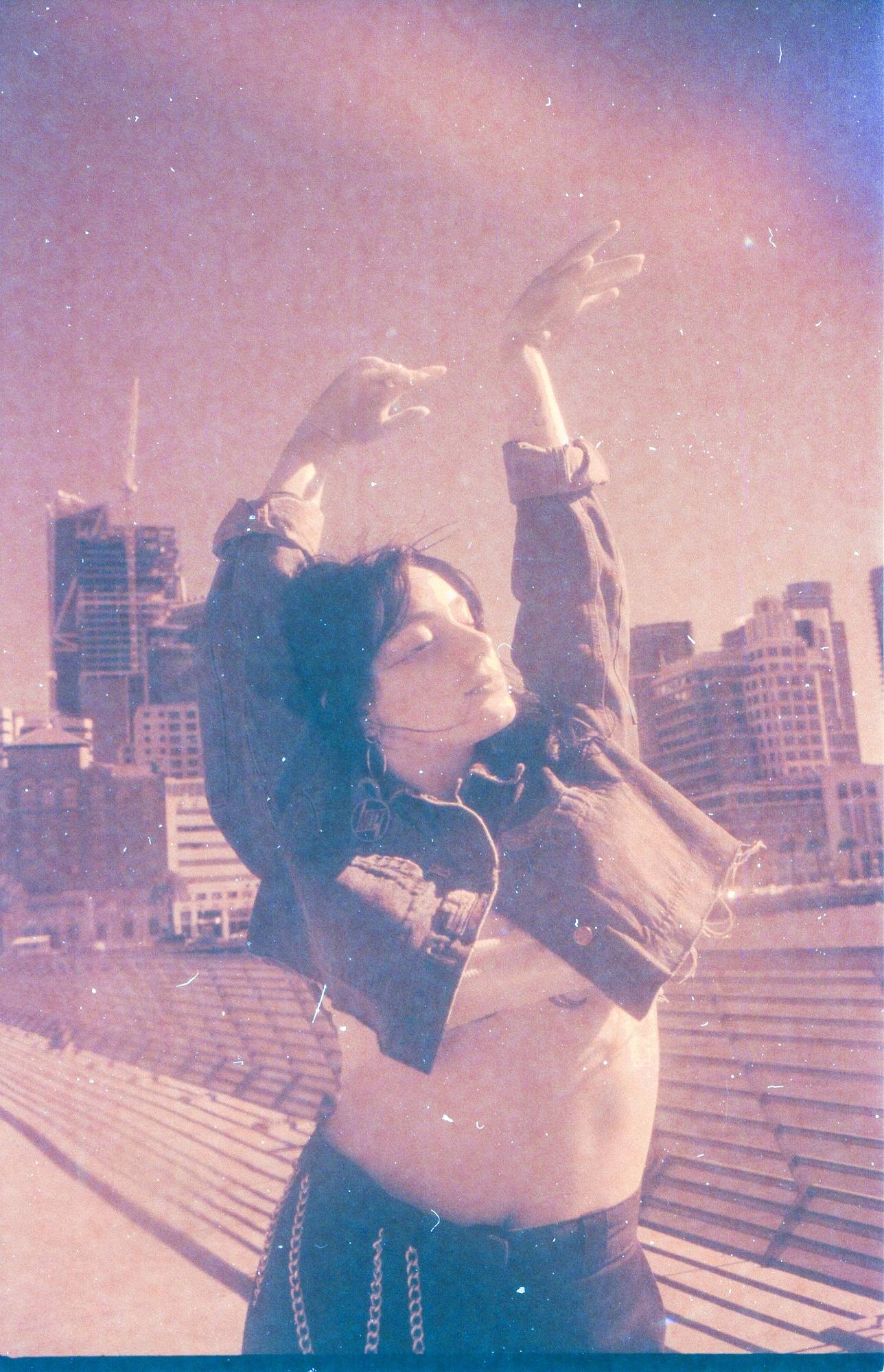
You have a very nice understanding of color, very William Eggleston-like. Since you also work not only with models and backdrops but also clothes, have there been any challenges you faced when composing the images in harmony?
Thank you! I remember seeing Eggleston's work in an art gallery last year so that means a lot. Every project comes with challenges, especially when an idea I'm trying to get across can seem so complex. When working with backdrops, models, and fashion I try to get as specific as possible to understand what it is exactly I'm trying to execute. Am I trying to bring out the similarities between these things? A mundane-ness? Or am I trying to point out a disjuncture or concentrate on difference and contrast?
I like working in fashion because it's always been another art form I value, and I find the industry to be exciting. I want to get into design in the future, and truthfully there's a lot of things I want to do. I imagine a lot of the things I love will converge at some points in my life, which is what I've always wanted in terms of work. I highly value creative freedom, and using so many different elements such as clothes, models, and cameras can be a little tricky but it's the practice that really matters. I've made my fair share of mistakes.
You also work with fashion photography and we love your aesthetic's chemistry with the models themselves. How's it like working with them?
The people I've met along my photographic journey have been my favorite part of what I do! It's special because what brings us together is a common love for the visual arts, so upon meeting each other the subjects and I often already have a lot to bond over. It's important to have a rapport with the people you're creating with, and it shows on camera if you don't. Models are people too, LOL, and you get along better with others. It's work, so much of it remains that way. Other times I've made great friends with people from sets: models, makeup artists, stylists, etc.
As a portrait photographer, what's the most important element in the composition?
The most important element in composition for portraits - for me - is the eyes. But I'm also sort of obsessed with the eyeball and depictions of reality, to begin with so maybe my opinion is biased!! I don't pay much mind to the technical aspects of a photograph, tossing the rules out the window is a habit. I try to connote a feeling first and foremost.
Where do you draw inspiration from?
I draw inspiration from other people. I like to observe what they do, and just tweak some aspect of it in a way that creates a disconnection from what we expect or know and what we see. Often we have to "see is to believe it", but what if, like, you saw something and it made even less sense? Take puns for example, where we have dual or conflicting understandings of the same words which can be manipulated to play tricks on our own brains. It's all just sort of funny!
Most of your shots are taken outdoors. Do you have a favorite location where you take your models?
Yeah, I guess most of my shots are taken outdoors! I don't have a favorite spot where I like to take models, but as an individual always find myself gravitating towards the water and the ocean. I often shoot on the edge of San Francisco by the Bay to get some of that scenery, which I love and find very inspiring. It's also a challenge to see in how many different ways I can use the same thing.
On Teresa Stephanie's downtime, what is she up to?
Teresa's downtime looks like walking up to and petting other peoples' dogs, Netflix watching, online shopping for cameras I can't afford, and looking for the next opportunity. I want to get into film, and I'm looking into some programs for graduate school or ways I can get involved now through any grant and scholarship programs. I'd love to land an artist residency soon, and if anybody knows of any opportunities I should apply to I'd love for you to reach out to me on Instagram!
Any on-going project, or other plans you're keen to work on?
My first film will explore Latinidad and Loneliness in California. In other words, I'm delving into my identity as a Mexican artist in the state of California where I was born and granted US citizenship, on lands which used to belong to Mexico and how that displacement is an internal isolation separate from that which stems from being so far away from my family, which now lives in Texas on the border to be closer to my family on the other side. I want to process my emotions and my history through taking cultural artifacts and using them to represent the themes which I hope to touch on and am still conceptualizing.
For more of Teresa's work, visit her website and Instagram.
2018-08-19 #people #fashion-photography #film-photography #teresa-stephanie
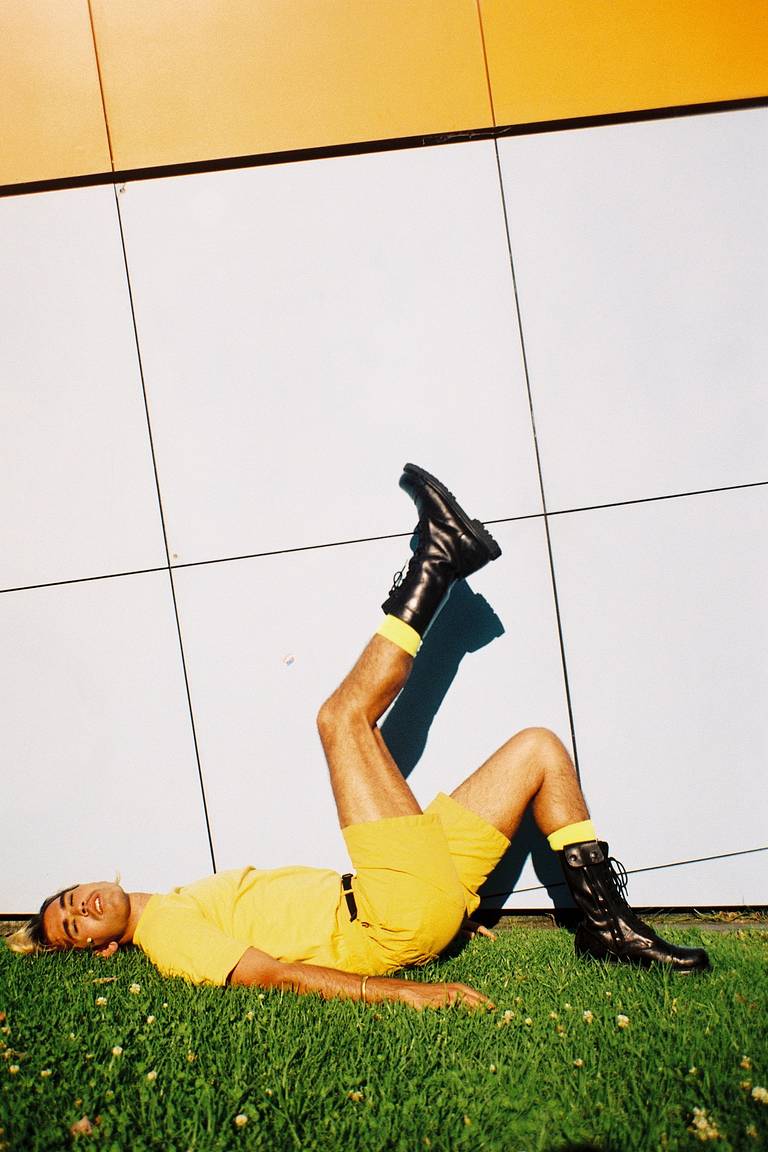








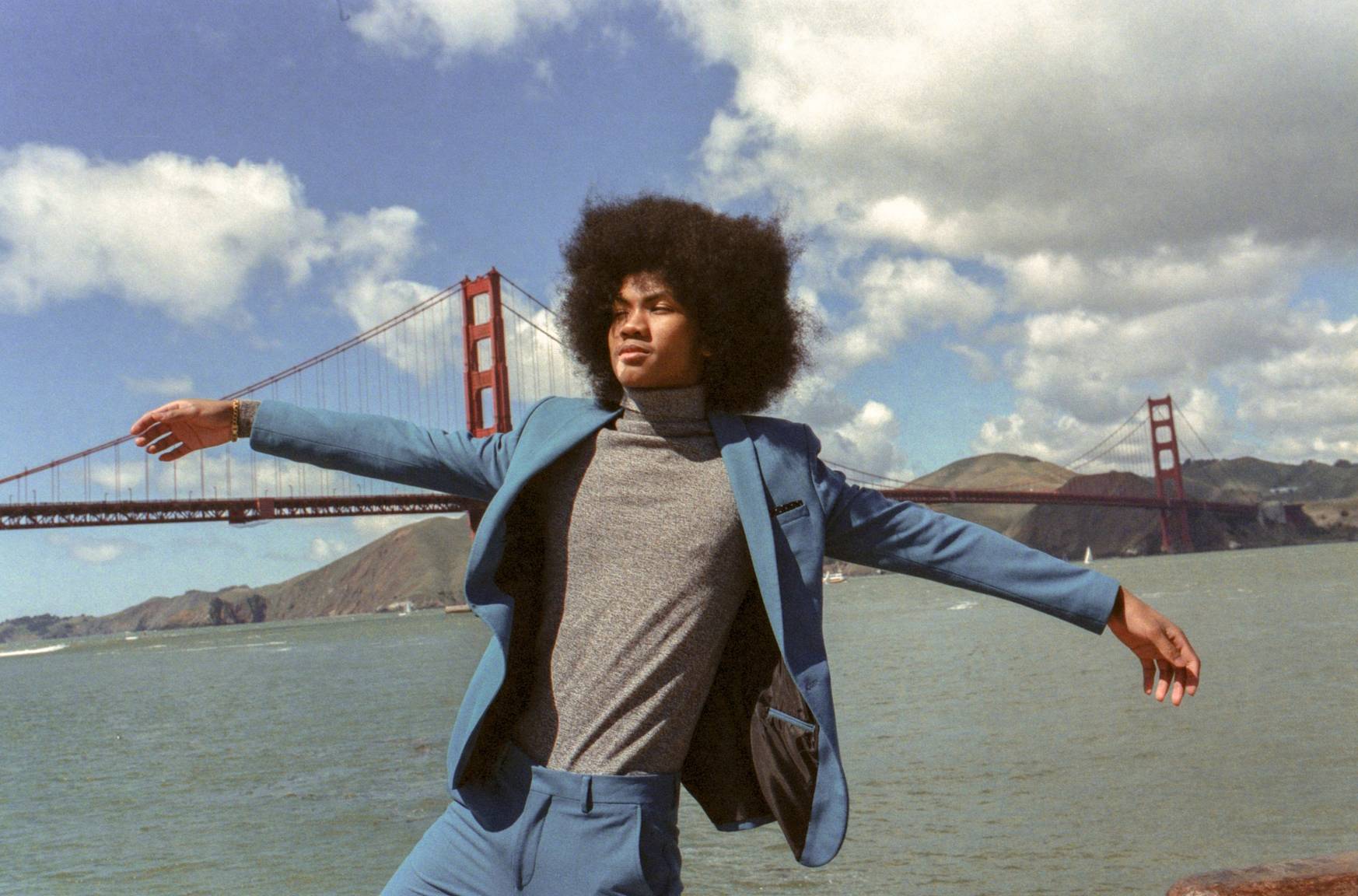
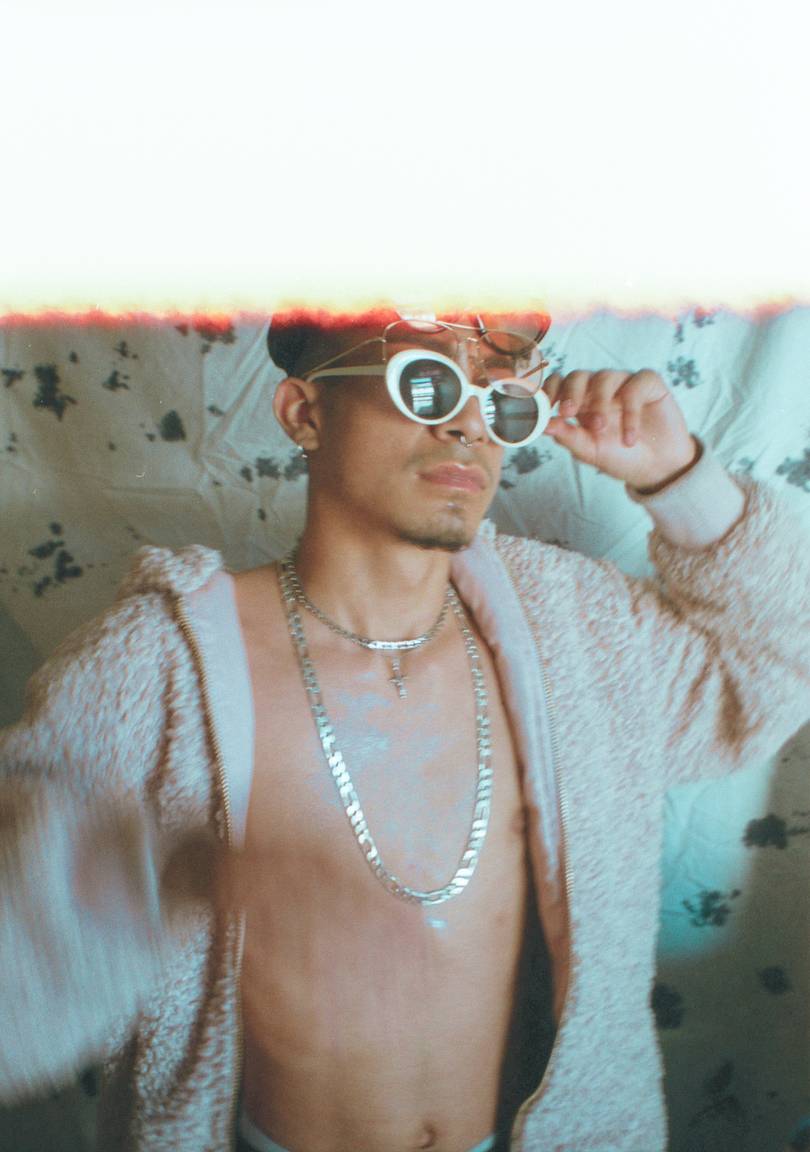
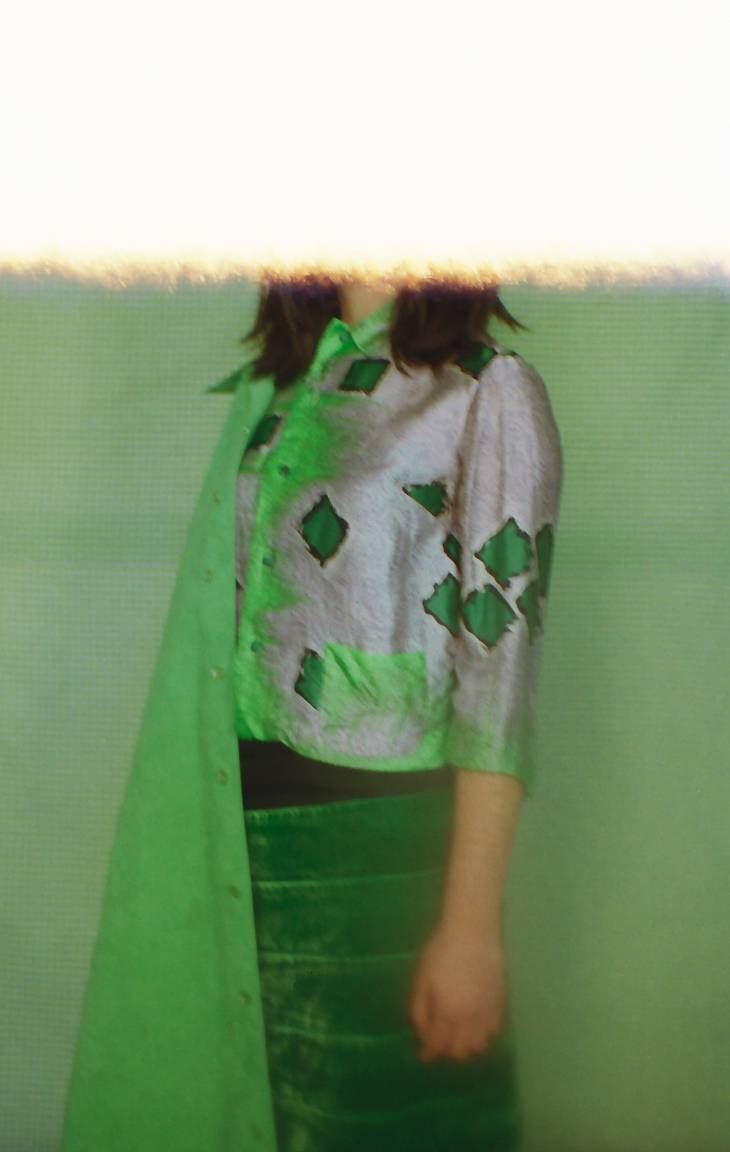












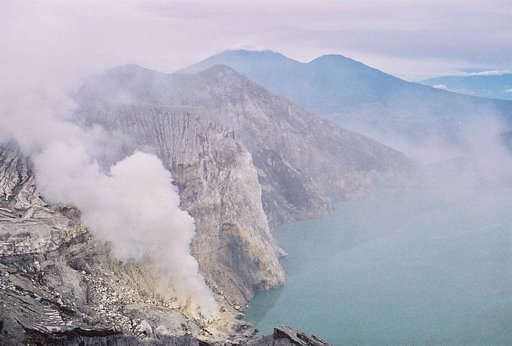
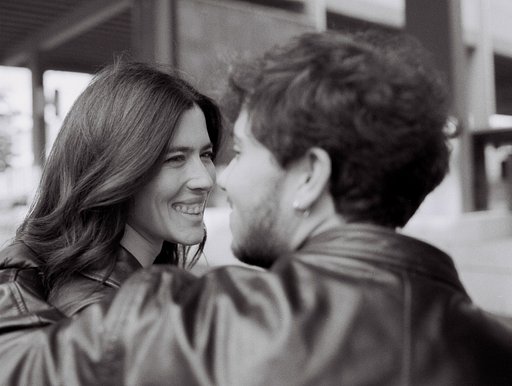





One Comment